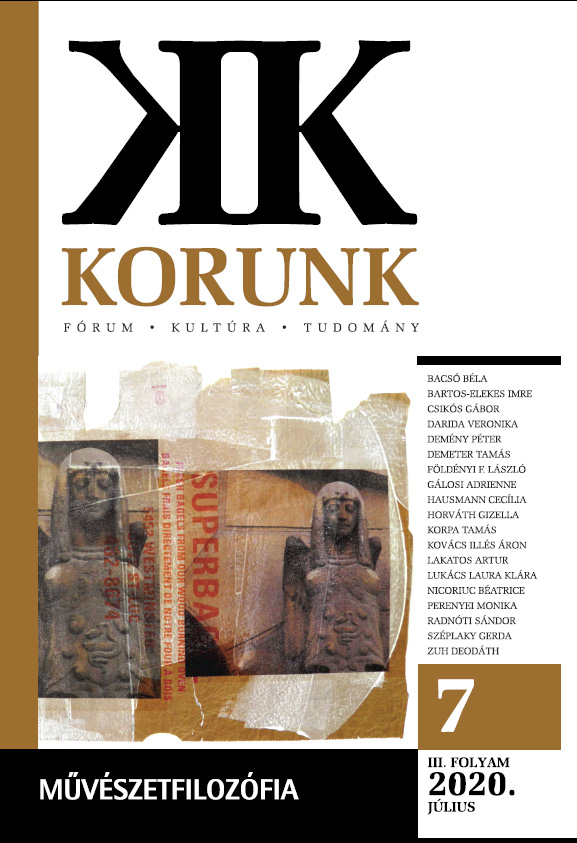Otthonos és idegen terek az építészet és a modern képzőművészet elméletében
Familiar and Strange Spaces in Architecture and the Theory of Modern Art
Author(s): Cecília HausmannSubject(s): Architecture, Visual Arts, History of Art
Published by: Korunk Baráti Társaság
Keywords: modern art; contemporary art; art theory; architecture; familiarity; strangeness; space; spatiality
Summary/Abstract: Modern and contemporary artworks are thematically or effectively interwoven with a dynamic range specified by the concurrent experiences of familiarity and strangeness. Moreover, this quest for relating these two had a ubiquitous impact on the contemporary discourse on visuality. The representations of familiarity and the scarcity thereof are not just occasionally or regularly used thematic vehicles. They represent some of the key forces behind the emergence of modern art and aesthetics. Hence, the way we appreciate artistic achievements is conditioned by the dynamics of these basic experiences often deemed overwhelming, harsh, or contradictory. According to my claim, the enhancement of the spatial factor in modern art was eminently related to the emerging importance of a dynamic relation between familiarity and strangeness. Walter Benjamin, Gaston Bachelard, and Friedrich Bollnow remain key figures in accounting for the relation maintained by spatial understanding to the experiences of familiarity and strangeness in art and architecture. This paper aims to initiate a dialogue between theories that discuss spatiality in the reception of art, respectively the familiar and strange aspects of having an experience of space.
Journal: Korunk
- Issue Year: 2020
- Issue No: 07
- Page Range: 61-66
- Page Count: 6
- Language: Hungarian

